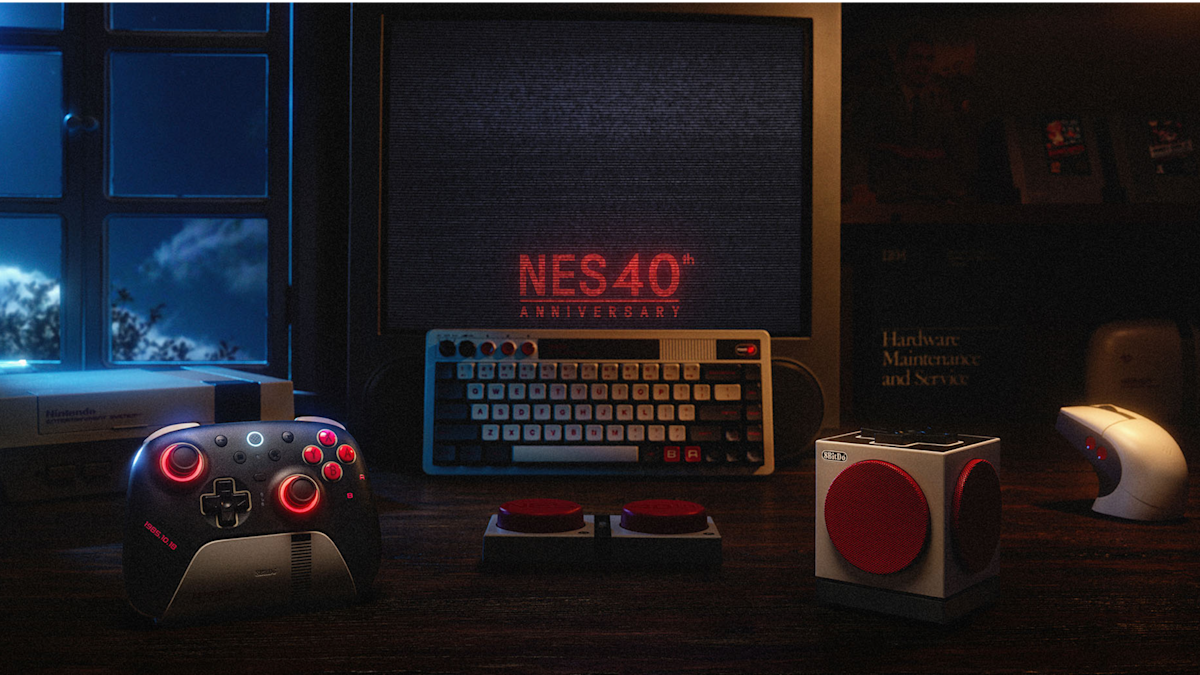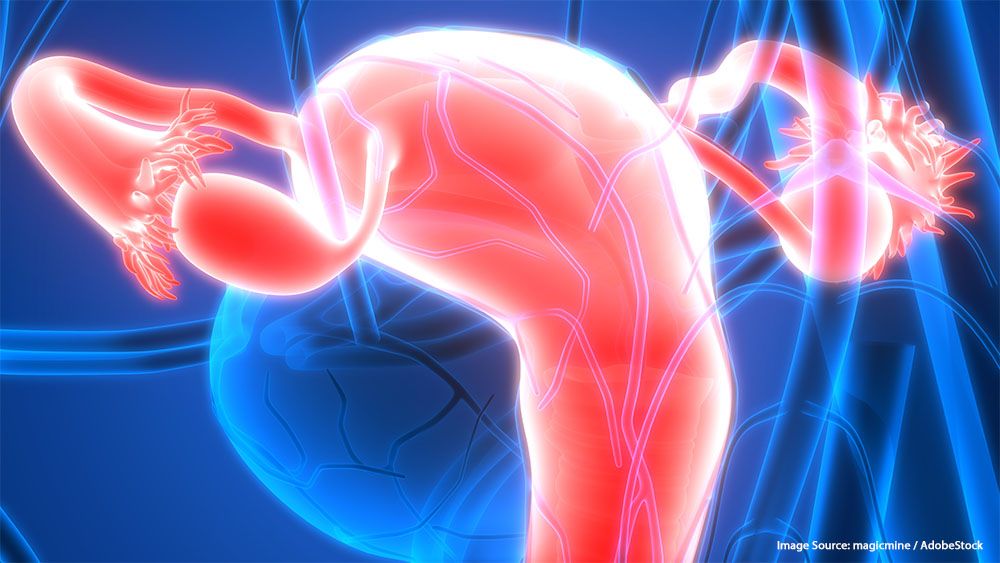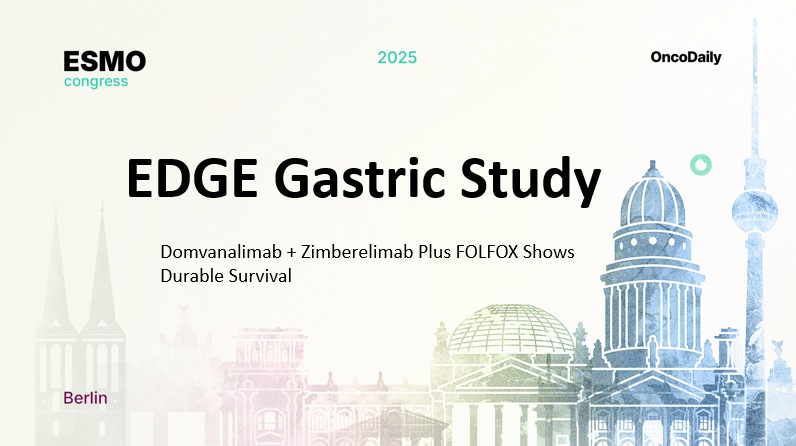Pembrolizumab (Keytruda) in combination with weekly paclitaxel, with or without bevacizumab (Avastin), statistically significantly improved progression-free survival (PFS) regardless of PD-L1 status and overall survival (OS) in PD-L1–expressing tumors in patients with platinum-resistant recurrent ovarian cancer (PRROC). These findings came from the phase 3 ENGOT-ov65/KEYNOTE-B96 trial (NCT05116189) and were shared at the European Society of Medical Oncology (ESMO) Congress 2025.
The analysis was broken down between the population of patients with a combined positive score (CPS) of 1 or higher and the intention-to-treat population. Furthermore, data were broken down between interim analysis 1 (IA1), which had a data cutoff date of April 3, 2024, and interim analysis 2 (IA2), which had a data cutoff date of May 5, 2025.
The CPS of 1 or Higher Population
At IA1, the median PFS was 8.3 months (95% CI, 7.0-9.4) in the pembrolizumab arm compared with 7.2 months (95% CI, 6.2-8.1) in the placebo arm, with 12-month PFS rates of 35.2% (95% CI, 28.8%-41.7%) vs 22.6% (95% CI, 17.0%-28.7%), respectively (HR, 0.72; 95% CI, 0.58-0.89; P = .0014).
At IA2, the median PFS was 8.3 months in the pembrolizumab arm compared with 7.2 months in the placebo arm (HR, 0.75; 95% CI, 0.61-0.91); the 12-month PFS rates were 35.9% vs 23.9%, respectively, and the 18-month rates were 18.7% vs 10.5%.
The median OS was 18.2 months (95% CI, 15.3-21.0) in the pembrolizumab arm compared with 14.0 months (95% CI, 12.5-16.1) in the placebo arm, with 12-month OS rates of 69.1% vs 59.3%, and 18-month OS rates of 51.5% vs 38.9%, respectively (HR, 0.76; 95% CI, 0.61-0.94; P = .0053).
The objective response rate (ORR) was 53.0% (95% CI, 45.8%-60.0%), with a complete response (CR) rate of 9.9% and a partial response (PR) rate of 43.1%, in the pembrolizumab arm; in the placebo arm, the ORR was 46.6% (95% CI, 39.6%-53.7%), with a CR rate of 7.8% and a PR rate of 38.7%. The 12- and 18-month duration of response (DOR) rates in the pembrolizumab arm were 46.7% and 28.4% compared with 29.6% and 16.4% in the placebo arm.
The ITT Population
At IA1, the median PFS was 8.3 months (95% CI, 7.2-8.6) with pembrolizumab compared with 6.4 months (95% CI, 6.2-8.1) with placebo, with 12-month PFS rates of 33.1% (95% CI, 27.7%-38.5%) and 21.3% (95% CI, 16.6%-26.4%), respectively (HR, 0.70; 95% CI, 0.58-0.84; P <.0001).
At IA2, the median PFS was 8.3 months vs 6.4 months, respectively (HR, 0.73; 95% CI, 0.62-0.86); the 12-month PFS rates were 33.7% vs 22.5%, and the 18-month PFS rates were 17.3% vs 9.0%.
The ORR was 50.4% (95% CI, 44.3%-56.4%), with a CR rate of 8.3% and a PR rate of 42.0%, in the pembrolizumab arm; in the placebo arm, the ORR was 40.8% (95% CI, 35.0%-46.8%), with a CR rate of 6.0% and a PR rate of 34.8%.Furthermore, the 12- and 18-month DOR rates in the pembrolizumab arm were 46.6% and 26.5% compared with 28.4% and 14.5% in the placebo arm.
“These data support the use of pembrolizumab plus weekly paclitaxel, with or without bevacizumab, as a new standard of care for patients with PRROC,” presenting author Nicoletta Colombo, MD, PhD, of the Gynecologic Oncology Program at the European Institute of Oncology, IRCCS, in Milan, Italy, and the Department of Medicine and Surgery at the University of Milan-Bicocca in Italy, wrote with coauthors in the presentation.
Safety Analyses
Any-grade treatment-related adverse events (TRAEs) occurred in 97.8% of the pembrolizumab arm and 95.3% of the placebo arm; grade 3 or higher TRAEs occurred in 67.5% and 55.3%, respectively. TRAEs were serious in 33.1% and 19.5%, led to death in 0.9% and 1.6%, and led to discontinuation of any treatment in 35.9% and 28.0%.
Any-grade immune-mediated AEs occurred in 39.1% and 18.9%, and grade 3 or higher events occurred in 11.6% and 3.5%. They were serious events in 10.9% and 2.2%, and led to treatment discontinuation in 6.9% and 2.5%.
The most common TRAEs in both groups included anemia (49.7% vs 42.1%, respectively), peripheral neuropathy (38.8% vs 31.1%), alopecia (37.8% vs 34.0%), fatigue (35.3% vs 33.0%), and nausea (31.3% vs 27.4%). The most common immune-mediated AEs were hypothyroidism (17.8% vs 6.0%), infusion reactions (5.9% vs 4.7%), and hyperthyroidism (5.0% vs 0.6%).
Trial Breakdown
A total of 643 patients with histologically confirmed epithelial ovarian, fallopian tube, or primary peritoneal carcinoma were enrolled in the trial and randomly assigned to either the pembrolizumab arm (n = 322) or the placebo arm (n = 321). Treatment was either pembrolizumab at 400 mg once every 6 weeks for 18 cycles or placebo on the same schedule; all patients received paclitaxel at 80 mg/m2 on days 1, 8, and 15 of each 3-week-long cycle, and they either did or did not receive bevacizumab at 10 mg/kg every 2 weeks.
Patients were enrolled in the trial if they had received 1 or 2 prior lines of therapy with at least 1 platinum-based chemotherapy; prior anti-PD-1 or anti-PD-L1 agents, PARP inhibitors, and bevacizumab were permitted. Additionally, patients had radiographic progression within 6 months after the last dose of platinum-based chemotherapy and an ECOG performance status of 0 or 1.
The primary end point of the trial was PFS per RECIST v1.1 by investigator assessment, and a key secondary end point was OS.
The median age of patients was 62 years vs 61 years in the pembrolizumab vs placebo arm, 64.3% and 67.6% of patients were White, 41.3% and 41.1% had a PD-L1 CPS from 1 to less than 10, and 31.4% and 31.2% had a PD-L1 CPS of at least 10.
Reference
Colombo N, Zsiros E, Sebastianelli A, et al. Pembrolizumab vs placebo plus weekly paclitaxel ± bevacizumab in platinum-resistant recurrent ovarian cancer: Results from the randomized double-blind phase 3 ENGOT-ov65/KEYNOTE-B96 study. Presented at: European Society of Medical Oncology Congress 2025; October 17–20, 2025; Berlin, Germany. Abstract LBA3.





